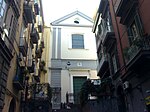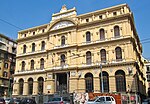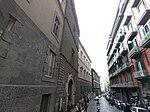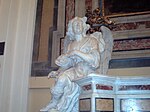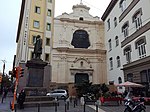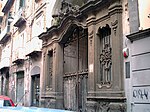Università degli Studi di Napoli L'Orientale
1732 establishments in Italy1732 establishments in the Kingdom of NaplesAsian studiesEducational institutions established in 1732Università degli Studi di Napoli "L'Orientale"

University of Naples "L'Orientale" (Italian: Università degli Studi di Napoli "L'Orientale"), is a university located in Naples, Italy. It was founded in 1732 by Matteo Ripa and is organized in 4 Faculties. It is the oldest school of Sinology and Oriental Studies of the European continent and the main university in Italy specialized in the study of non-European languages and cultures, with research and studies agreements with universities from all over the world. It is one of the most prestigious universities in the world regarding Asian cultures and languages.
Excerpt from the Wikipedia article Università degli Studi di Napoli L'Orientale (License: CC BY-SA 3.0, Authors, Images).Università degli Studi di Napoli L'Orientale
Vico Melofioccolo, Naples Porto
Geographical coordinates (GPS) Address Nearby Places Show on map
Geographical coordinates (GPS)
| Latitude | Longitude |
|---|---|
| N 40.845 ° | E 14.255 ° |
Address
Palazzo Melofioccolo
Vico Melofioccolo
80133 Naples, Porto
Campania, Italy
Open on Google Maps
